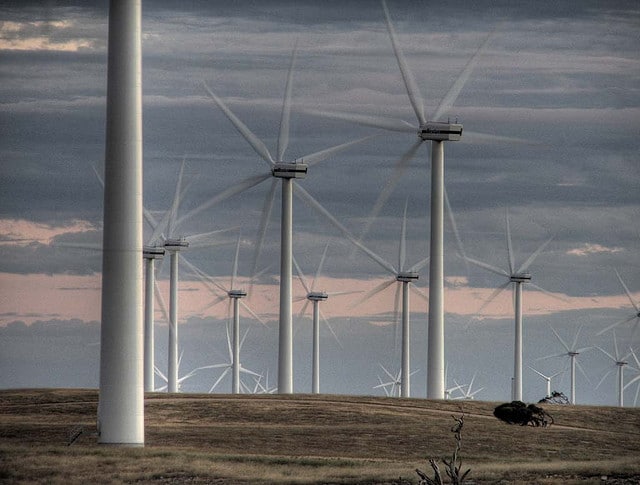Australia needs rapid policy action to meet its emissions reduction target. The federal and state governments were approached by renewable energy experts to make investments in additional transmission infrastructure and storage and fulfill the goal.
More than 40 experts issued a joint statement after a three-day symposium at the Australian National University (ANU). Signatories include ANU professor of engineering Andrew Blakers and Australian Wind Alliance national coordinator Andrew Bray.
It stated that by putting efforts centrally, renewable energy could help mitigate climate change which made the energy sector to deploy solar and wind power at “unprecedented” rates.
“But there are emerging bottlenecks, and the present market settings do not deliver for consumers,” the joint statement says.
Australia “urgently needs” additional energy storage and demand-response mechanisms, additional electricity transmission, a solid electricity infrastructure investment framework, and electricity market reform to address infrastructure bottlenecks and maintain the renewable energy deployment rapidly as per the statement.
Andrew Blakers, the professor of engineering at the Australian National University and one of the signatories, stated in a published upbeat research recently that if politics did not disturb the current pace of renewables uptake, Australia would achieve its economy-wide Paris targets five years before the schedule. Australia could reach the target of 100% renewable energy generation by 2032.
According to the research of the Blakers, no more need of government subsidies required for solar and wind to meet the target but governments will find facilitating to new private investment in storage and new transmission lines valuable.
However, the energy experts objected to the study of Blakers that appeared in conformity with government figures indicating a rising trend of emissions following the repeal of the carbon price in 2013, and also after the findings of the media not including the qualifications from the author.
Frank Jotzo, a colleague of Blakers at ANU, noted that after the Blakers study published, it was “a very big assumption that renewables deployment would continue at present rates, and all it is a straight-line extrapolation from one year’s renewables deployment.”
Jotzo who is also a signatory to the new statement says, policy action needed to meet the Paris target.
Although Morrison government says on a regular basis that Australia will meet its Paris targets “in a canter,” the quarterly emissions reports say, the emissions of GHG is rising. The closure of aging coal plants and generation of low emissions in a higher percentage may cause a reduction in emissions in electricity, but in other sectors, it is rising.
The statement also noted that Australia’s coal mines would be phased out with the increase in renewable energy generation. Therefore coal power workers and their communities need “careful attention” as their livelihoods would be at risk.
On Monday Officials told a Senate estimates hearing, emissions levels reached 534m tonnes in 2018. Australia’s emissions will reach 563m tonnes of carbon dioxide equivalent by 2030 on current trajectories with 7% drop from emissions levels in 2005 much below Australia’s target to go for a reduction of 26%-28% on 2005 levels.
Simon Birmingham, the Coalition senator and the minister at the table, signaled during Monday’s estimates hearing that the government “would have more to say on climate change in the coming weeks.”
“We indeed are continually working, as the prime minister has publicly acknowledged, within government on further policy settings that will help to ensure we meet the same trajectory in relation to our 2030 commitments,” Birmingham said.
There is a signal from the government to top up the emissions reduction fund, it being a vestige of the government’s Direct Action scheme, and also to increase funding for the Clean Energy Finance Corporation and the Australian Renewable Energy Agency, as well as a package for households by an internal push.






